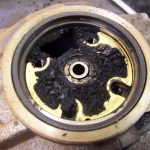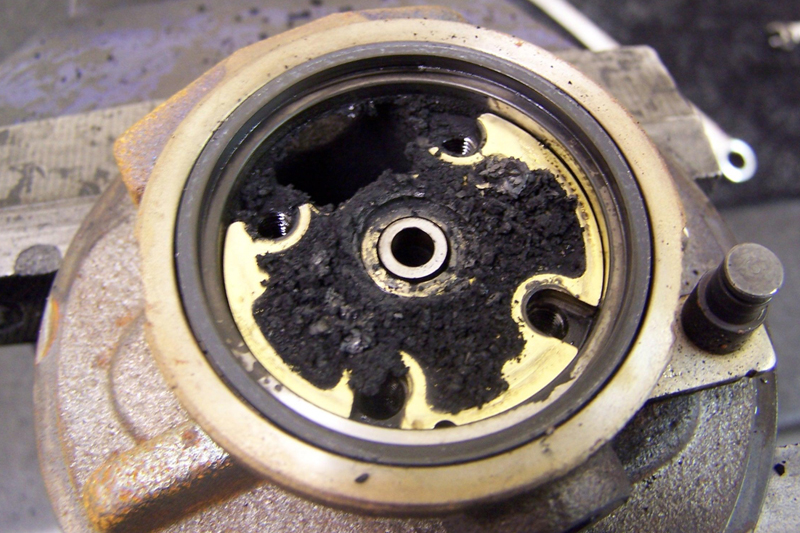Critical instructions for turbo replacement on Citroen, Peugeot, Ford, Fiat, Volvo, and Mazda Models.
If you’re fitting a replacement turbo to the 1.6HDi diesel engine used in Citroen, Peugeot, Ford, Fiat, Volvo and Mazda models from 2004 onwards, BTN Turbo recommends that you read the following tech tip.
Eliminate carbon deposits
Although turbos are usually strong, reliable performers, BTN experiences a high return rate of turbochargers from 1.6HDi diesel engines, caused by engine-related issues. The primary cause is carbon build-up – with carbon deposits circulating in the lubrication system, leading to premature failure.
Follow the critical instructions
Having been a turbocharger expert for more than 40 years, BTN Turbo prides itself on providing the most useful and up-to-date technical advice. To minimise the risk, it’s vital you follow the procedure in the critical instructions, which are available from the vehicle alert section in Turbo Tech, on the BTN Turbo website. Also in the Turbo Tech section is a useful video showing how to replace the PSA 1.6 HDi turbo.
Talk to the customer
Ask what sort of journeys the customer usually takes. If it’s mostly stop-start driving, then the DPF might not be regenerating fully. This can quickly degrade the oil, so advise them to have their oil and filter changed, and engine flushed, before the recommended service intervals. Spending a little more on servicing is cheaper than a turbo!
Assess the service history
Poor servicing or skipping recommended services means the oil is more likely to be degraded, putting the turbo at risk. Using the wrong grade of oil; not following the exact requirements for oil changes; exhaust gas or fuel contaminating the oil due to loose sealing washers or supply pipe nuts – they’re all potential turbo killers.
Flush for success
The engine needs at least two oil flushing cycles to remove contaminants that could block the system. The first cycle may just soften the deposits, allowing them to work loose later.
Check the drained oil for cleanliness and measure the oil pressure with a gauge in the turbo supply line. It should be at least 1.3 bar at cranking speed, with the fuel injectors and turbo actuator vacuum pipe disconnected.
Also check for variations between oil pressure at the filter inlet and in the turbo supply line. With the injectors reconnected, run the engine for five minutes and watch the two readings. If the oil pressure at the turbo isn’t within ±0.4 bar of the filter inlet, you’ll need to investigate and remedy the problem.
Next, check the oil pressure again with the engine warm. It should range from 1.2 bar at 1,000rpm to 2.9 bar at 4,000rpm.
If in doubt, chuck it out
If a component may harbour deposits that could find their way back into the system, clean it. If in doubt, replace it. This includes the dipstick (if it’s the yellow plastic version), the oil supply connector and sealing washers, and the oil supply and return pipes.
BTN Turbo supplies oil feed pipes for several turbo installations, including the PSA turbo. Make sure you order the pipes with the replacement turbo; failing to fit them could invalidate BTN’s two-year warranty.
Other parts that should be changed include the oil pick-up pipe strainer, air filter, and the valve cover breathers. And of course you’ll need fresh oil, oil filter and engine flushing additive each time you flush.











